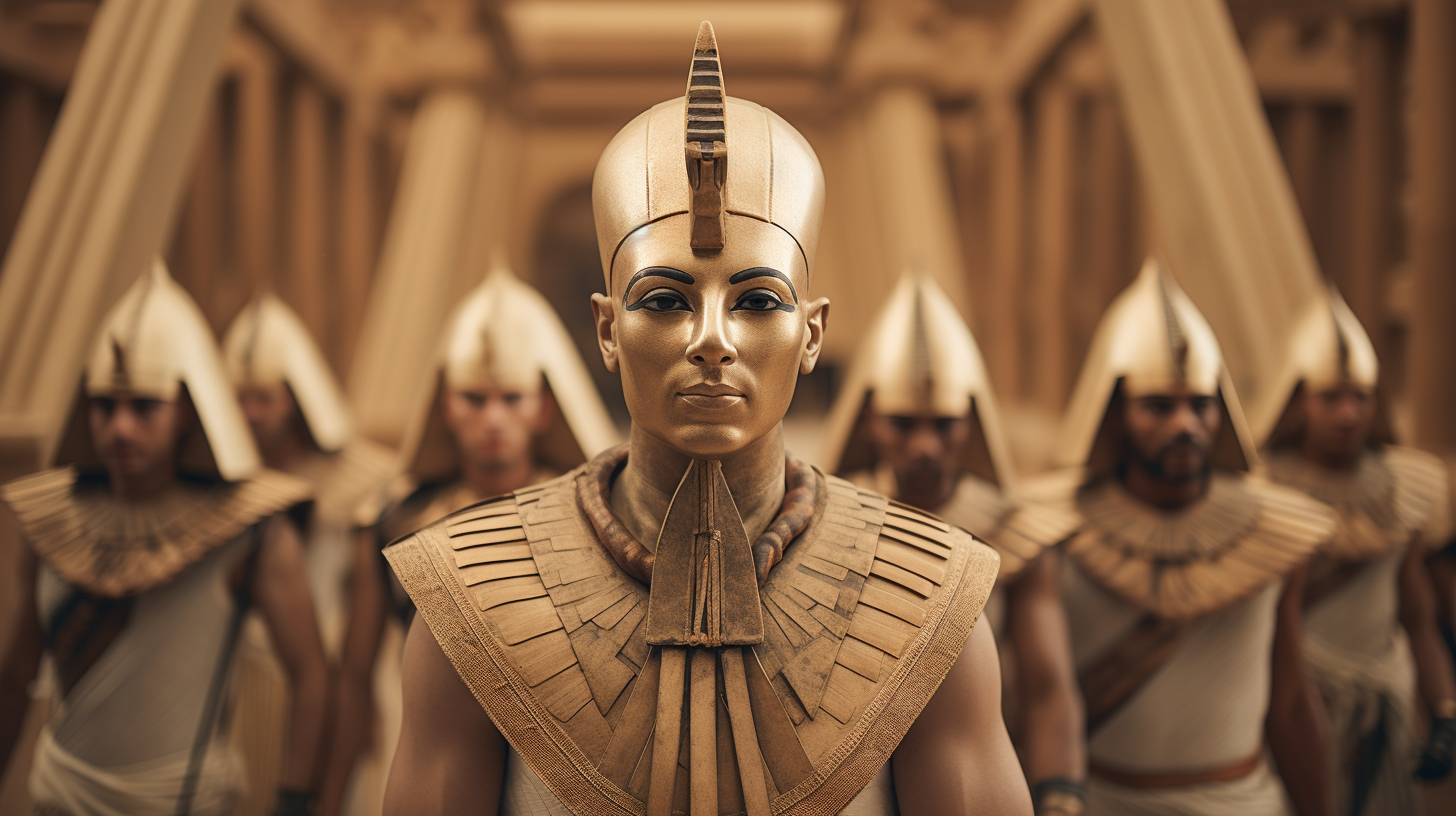Encounter an enthralling tale deeply nestled in ancient records, narrating the journey of an extraordinary leader who defied norms, leaving a legacy that stood resilient against attempts to erase her story. This extraordinary individual is none other than Hatshepsut, the female pharaoh whose influence reverberates across the ages.
Following her passing, efforts arose to erase every trace of her rule, a common practice during turbulent power shifts in ancient times. Despite persistent campaigns to erase her memory, Hatshepsut’s impact endures over time, with her funerary temple emerging as a symbol of her persistence and authority.
Hatshepsut’s reign, spanning from roughly 1479 to 1458 BCE, marked a golden age of prosperity and innovation in ancient Egypt. Beyond her impressive architectural accomplishments, her legacy encompasses significant societal contributions that echo through history.

A striking testament to Hatshepsut’s influence is her mortuary temple, known as Djeser-Djeseru, meaning “The Holy of Holies.” This architectural wonder graces the landscape of Deir el-Bahri on the western banks of the Nile, near present-day Luxor. The temple seamlessly blends traditional Egyptian architectural elements with innovative advancements, showcasing her visionary spirit.
The Mortuary Temple of Hatshepsut features three terraced levels adorned with columned terraces and cascading ramps leading to a central sanctuary. Elaborate reliefs depicting episodes from Hatshepsut’s life and divine lineage embellish these terraces, affirming her royalty. Additionally, the temple complex includes a sun court and a variety of statues, reinforcing her divine connections.
Significantly, the enduring presence of Hatshepsut’s funerary temple stands as tangible proof of her resilience. Despite efforts by her successor to erase her from historical records, this grand structure has withstood the test of time, enduring for over 3500 years. Its existence challenges prevailing narratives of power shifts and historical erasure, highlighting that the legacies of determined and influential figures can withstand even the most concerted efforts to silence them.

Hatshepsut’s saga serves as a poignant reminder to acknowledge and celebrate the achievements of those who have left an enduring impact on society, despite challenges and attempts to erase their legacies. The Mortuary Temple of Hatshepsut symbolizes her lasting presence in ancient Egypt and the wider world, honoring her exceptional rule and perpetual memory through the ages.
Essentially, Hatshepsut’s legacy embodies perseverance, innovation, and lasting influence. Her funerary temple, a magnificent tribute to her rule, continues to captivate and inspire audiences globally. The unwavering essence of this temple stands as a testament that history immortalizes the remarkable accomplishments of those who challenge norms and leave a lasting legacy in the tapestry of time, regardless of encountered obstacles. Hatshepsut’s legacy epitomizes the power of resilience and the enduring impact of remarkable individuals throughout history.
